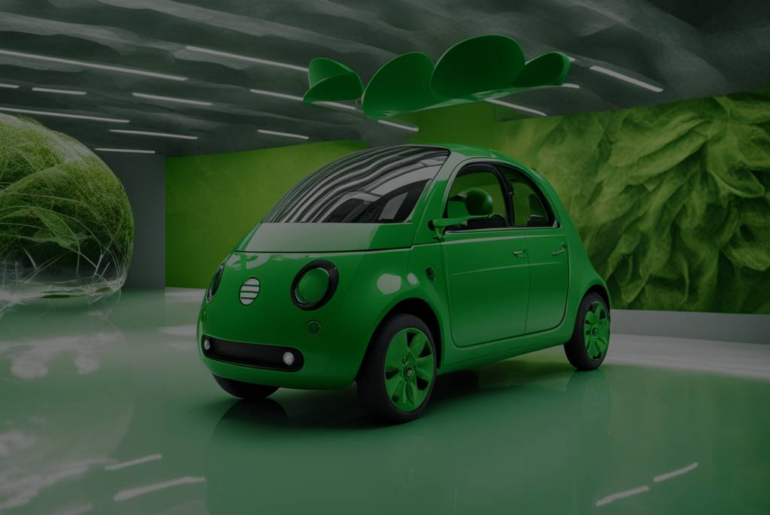When talking about the automotive industry, the term green car has become increasingly popular in recent years. But what exactly does it mean? Is it just a catchy marketing term, or does it hold a deeper significance?
The Transition to Sustainability
The concept of green cars is closely linked to the global effort to transition towards sustainability and reduce the environmental impact of transportation. As pollution levels rise and climate change concerns grow, there is a pressing need to find alternative, cleaner ways to commute.
Green cars, sometimes referred to as eco-friendly or electric vehicles (EVs), are designed to minimize or eliminate reliance on traditional fossil fuels. They utilize alternative sources of energy, such as electricity or hydrogen fuel cells, to power the vehicle.
The Benefits of Green Cars
Green cars offer several advantages over their traditional counterparts. Firstly, they significantly reduce greenhouse gas emissions, as they do not emit any tailpipe pollutants. By running on renewable energy sources, these vehicles play a crucial role in combating climate change.
Another advantage is their lower operating costs. Green cars tend to be more energy-efficient, leading to reduced fuel or energy consumption. Additionally, they require less maintenance and have fewer moving parts compared to internal combustion engine vehicles, resulting in potential savings for users.
The introduction of green cars also stimulates innovation and creates new opportunities for the economy. It catalyzes the development of advanced technologies, such as batteries and charging infrastructure, while fostering the growth of related industries and job creation.
The Challenges Ahead
Although green cars represent a promising solution to environmental concerns, several challenges stand in the way of widespread adoption. One major obstacle is the high upfront cost of these vehicles, making them less accessible to the general public.
Furthermore, the existing charging infrastructure for electric vehicles is still limited, hindering their convenience and range. Governments and private companies need to invest in expanding this infrastructure to encourage more people to switch to green transportation options.
Moreover, the manufacturing process and materials used in green cars can have their own environmental impact. While EVs produce zero tailpipe emissions, the extraction of raw materials and the manufacturing process can still have a carbon footprint. Finding ways to reduce this impact and ensure responsible sourcing is vital for a truly sustainable future.
The Green Car Dream
The green car dream encompasses more than just owning a vehicle that is environmentally friendly. It represents a shift in mindset towards sustainability and a vision of a cleaner, greener future. It requires a collective effort from individuals, governments, and industries to make this dream a reality.
By embracing green car technologies, we can contribute to reducing air pollution, combating climate change, and creating a healthier planet for future generations. Transitioning to greener transportation options is not just a choice but a necessity in our journey towards a sustainable future.

